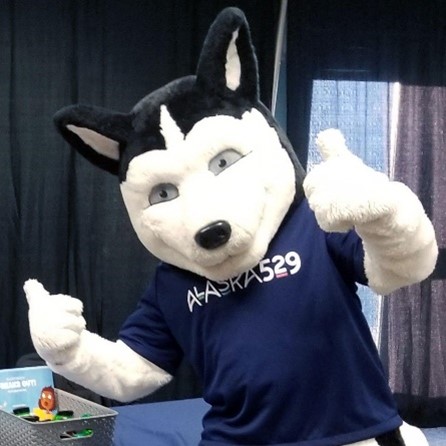
Dear Dash,
Yesterday, I decided that I wanted to become a bug scientist. My dad said, “College is in your future!” That must be true because my parents have been saving for college for as long as I’ve been around.
But, today I talked to my friend, who said he’s going to be a house builder. His dad said, “An apprenticeship is in your future!” He also has the same college savings plan as me. I’m confused! Can college savings plans be used for more than college?
Sincerely,
Zeke (Age 4)
Dear Zeke,
First, let me thank you for asking such a great question. Even though 529 plans have been known as college savings plans, I’m happy to share that you can use your account for education-related expenses such as tuition, fees, room and board, books, supplies, and computer equipment, both in and out of state wherever your path may take you. In fact, here are all of the ways you could use your 529 plan:
- K-12 tuition*: Use up to $10,000 for K-12 tuition at an elementary or secondary public, private, or religious school.
- Apprenticeships: Use your 529 savings to pay for fees, books, supplies, and equipment needed for on-the-job apprenticeship training with classroom instruction. All apprenticeships must be registered with the U.S. Department of Labor to qualify.
- Vocational school: Use your 529 savings for vocational or trade school, community colleges, and certificate programs to pay for qualified expenses, including tuition, fees, housing, meal plans, books, supplies, computer technology, and equipment. Use the Federal School Code Search on the FAFSA website to search for a complete list of eligible institutions.
- College: Use your 529 savings for any college or university in the U.S. and some international schools to pay for qualified expenses, including tuition, fees, housing, meal plans, books, supplies, computer technology, and equipment. Use the Federal School Code Search on the FAFSA website to search for a complete list of eligible institutions.
- Graduate school: Use your 529 savings for graduate school to pay for qualified higher expenses, including tuition, fees, housing, meal plans, books, supplies, computer technology, and equipment. Use the Federal School Code Search on the FAFSA website to search for a complete list of eligible institutions.
- Loan repayment: Tax-free 529 distributions are limited to a $10,000-lifetime cap when used for repayments of principal and interest on qualified education loans for you or even your sibling.
- Continuing education: Use your 529 savings to pay for continuing education credentials or degree programs to further your career. Savings can be used towards tuition, fees, housing, meal plans, books, supplies, computer technology, and equipment. Use the Federal School Code Search on the FAFSA website to search for a complete list of eligible institutions.
Whatever you decide to do, don’t forget to thank your parents for saving for your education with a 529 account.
Love from Alaska,

Dash

About the author:
Dash is an essential member of the Education Trust of Alaska team as the top dog in savings outreach. Dash is often seen representing Alaska 529 at various community events and activities. He strives to represent the plan with the same pawsitive attitude he has for dog mushing.
* While distributions from 529 college savings plans for elementary or secondary education tuition expenses are federally tax-free, state tax treatment will vary and could include state income taxes assessed, the recapture of previously deducted amounts from state taxes, and/or state-level penalties. You should consult with a tax or legal advisor for additional information.
